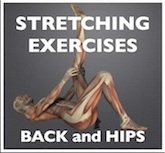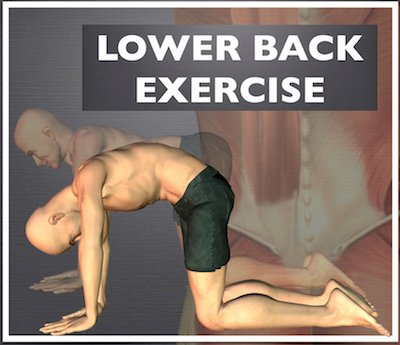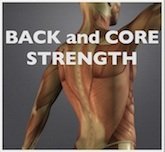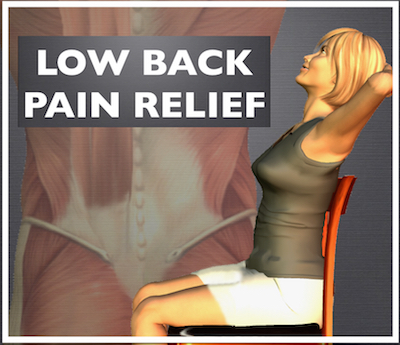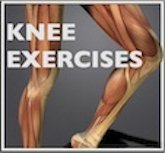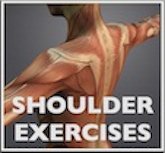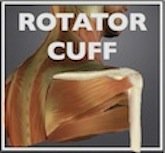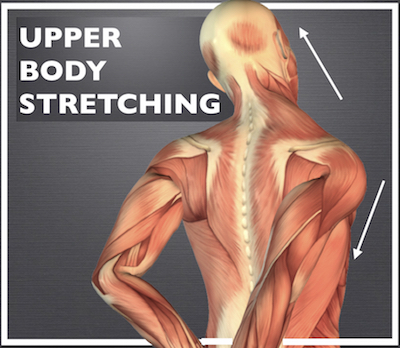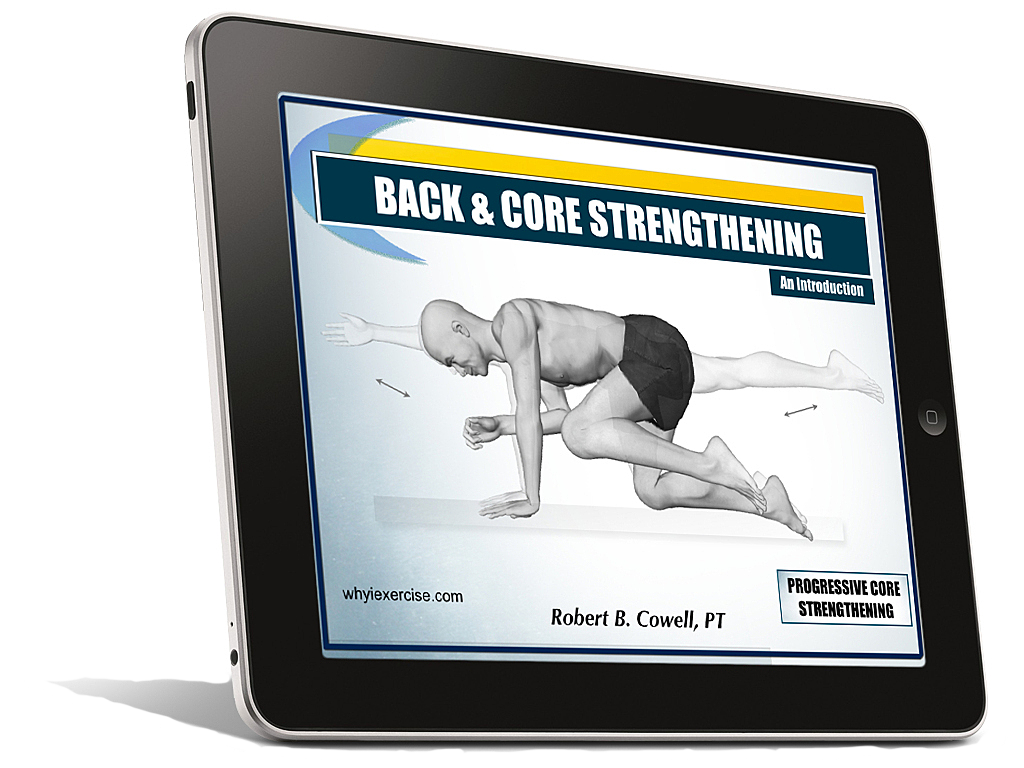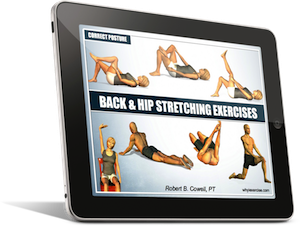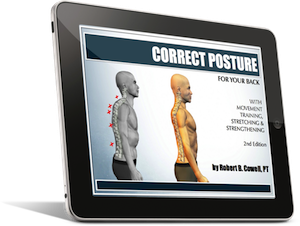Physical therapy exercises
Rehab exercises are helpful for fitness and wellness.
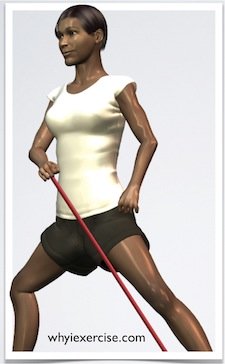
The physical therapy exercises below are designed to take the stress off of overworked muscles and joints by strengthening muscles that tend to be weak and stiff. Exercises like these can make everyday activities such as reaching overhead, working at your desk, squatting, or climbing stairs feel much easier. Use these routines to build the fundamental strength in problem areas before you start a more aggressive exercise program.
Maintain good body alignment and work through the full range of motion as illustrated so you can isolate the specific muscle groups you need to strengthen. Because these exercises are more focused, you’ll feel muscular fatigue in specific areas. You will not get a sense of general fatigue as you do with a fitness routine.
Note: if you have an injury or medical condition, please see your doctor or health care provider and follow their instructions.
Back exercises
Back stretching exercises Relieve muscular tension and restore balance between the spine and hip muscles. As you improve your flexibility in key muscle groups, such as the hamstrings and abdominals, you will reduce the strain on your spine. This effective routine includes 7 illustrated stretches.
Exercises for low back pain
Gentle spine movements and stretches combined into a routine to relieve stress and discomfort in your spine. Improve spine mobility and relax your muscles with the cat camel exercise, gentle hip stretches, and the press up, an abdominal stretch that often relieves back pain.
Back strengthening exercises Improve the support for your spine, so you can be less vulnerable to injury. This exercise routine strengthens the deep muscle layers that support the spine, including all 4 abdominal muscle groups. This is a great introduction to developing a strong, balanced midsection with illustrations and 7 videos included.
Lower back pain remedy
A guide to relieving back soreness or stiffness. It includes ergonomic recommendations for lying down, standing and sitting at your desk. There are lifestyle tips and exercises to relieve stiffness that you can do at your desk. You'll also learn the best position to relieve lower back discomfort.
Upper and lower body exercises
Knee exercises Isometric and range of motion exercises that can help if you have difficulty squatting, climbing stairs, or balancing on 1 foot. Practice this routine 1-2 times per day to rebuild the base strength in your knee.
Balance exercises 6 exercise, illustrated routine designed specifically to improve your balance for walking. Exercises strengthen hip, knee and ankle muscles. Tips for progression included.
Rotator cuff exercises
6 moves, plus a warm up, to help improve your strength for lifting, overhead movements and throwing. Graduate to this routine from the shoulder exercises above.
Shoulder exercises
Isometric, active and resistance band exercises to help rebuild the basic strength in your shoulder. Practice these exercises 1-2 times per day for best results.
Shoulder stretching exercises
8 stretches for your shoulders, neck and arms. This routine works well paired with the above shoulder routines as it will improve flexibility in the area. Convenient routine can be done at your desk.
Keys to best results
Practice consistently & make gradual progress.
Practice the physical therapy exercises daily (or as instructed in the article) and the routine will get easier. Follow the instructions on the page to increase reps or progress to the more challenging exercise. When you can complete the full routine fairly easily, “graduate” yourself to the next level.
Stay physically active.
For best results from these exercise programs, continue to be as active as possible to maintain your strength in the rest of your body. For example, if you have a stiff, weak shoulder, that doesn’t keep you from going for a hike or a brisk walk! And core strengthening can be very helpful for people with knee problems.
A word of caution.
Although these physical therapy exercises are helpful, they are not a substitute for proper medical care. Please see your health care provider before starting any exercise program, particularly if you have an injury or medical condition.
Related articles
Lower back exercise
An introduction to my exercises and therapy tips for the lower back. Articles include exercises for strengthening, stretching and posture correction, plus ergonomic tips. Illustrations and videos help you learn the techniques more easily.
Causes of lower back pain
Find out the source of most back problems (from current research), and also see how proper exercise is your best way to prevent back pain. Detailed anatomy diagrams of the spine, discs, nerve roots, and sacroiliac joints are included.
Resources
Intro to Back & Core Strengthening
Compare proper form with common core training errors and see how you measure up. This book takes you through 2 routines and includes a training schedule so you can keep challenging your muscles with every workout. Click here to download this free training resource!
Back & Hip Stretching Exercises 2 convenient stretching routines for home and the office that target key muscle groups affecting your spine. The routines are based on exercises that have helped the author's physical therapy clients for years. Illustrations compare correct and incorrect stretching technique.
Correct Posture Find out whether you have good standing posture, and then correct it! Stretch out the muscles that affect your posture the most. Understand and master the safest core exercise methods with my original e-book!
Return from physical therapy exercises to home page: Why I exercise.
